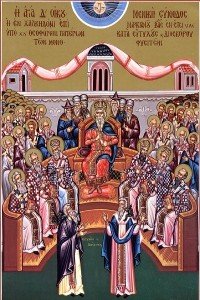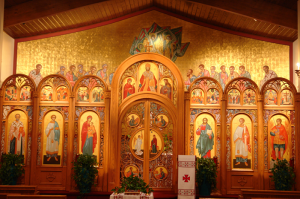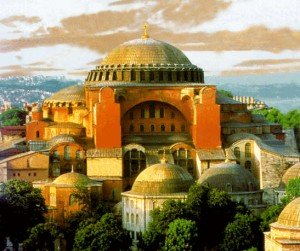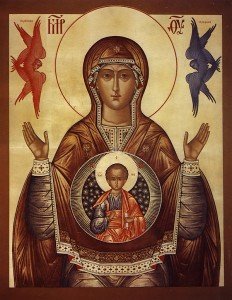Byzantine Christology (i.e., study of Christ) has always been dominated by the categories of thought and the terminology of the great controversies of the fifth, sixth, and seventh centuries about the person and identity of Jesus Christ. These controversies involved conceptual problems, as well as the theological basis of life. n the mind of Eastern Christians, the entire content of the Christian faith depends upon the way in which the question Who is Jesus Christ? Is answered.
The first five ecumenical councils, which issued specific definitions on the relationship between the divine and the human natures in Christ, have at times been viewed as a pendulant development: from the emphasis on the divinity of Christ, at Ephesus (431); to the reaffirmation of His full humanity, at Chalcedon (451); then back to His divinity, with the acceptance of Cyril’s idea of Theopaschism, at Constantinople (553); followed by a new awareness of His human energy or will, again at Constantinople (680), and of His human quality of describability in the anti-iconoclastic definition of Nicaea in (787). Still, the opinion is often expressed in Western theological literature that Byzantine Christology is crypto-Monophysite, and offered as an explanation for the lack of concern among Eastern Christians for man in his secular or social creativity.
To affirm that God became man and that His humanity possesses all the characteristics proper to human nature, implies that the Incarnation is a cosmic event. Man was created as the master of the cosmos and called by the creator to draw all creation to God. His failure to do so was a cosmic catastrophe, which could be repaired only by the creator Himself.
Moreover, the fact of the Incarnation implies that the bond between God and man, which has been expressed in the Biblical concept of image and likeness, is unbreakable. The restoration of creation is a new creation, but it does not establish a new pattern, so far as man is concerned; it reinstates man in his original divine glory among creatures and in his original responsibility for the world. It reaffirms that man is truly man when he participates in the life of God; that he is not autonomous, either in relation to God, or in relation to the world; that true human life can never be secular. In Jesus Christ, God and man are one; in Him, therefore, God becomes accessible not by superseding or eliminating the humanum, but by realizing and manifesting humanity in its purest and most authentic form.
Jesus is the revelation of how humans should live. Jesus is the revelation of the union between God and man. Jesus is the ultimate model of how humans should live in order to spiritually grow!





